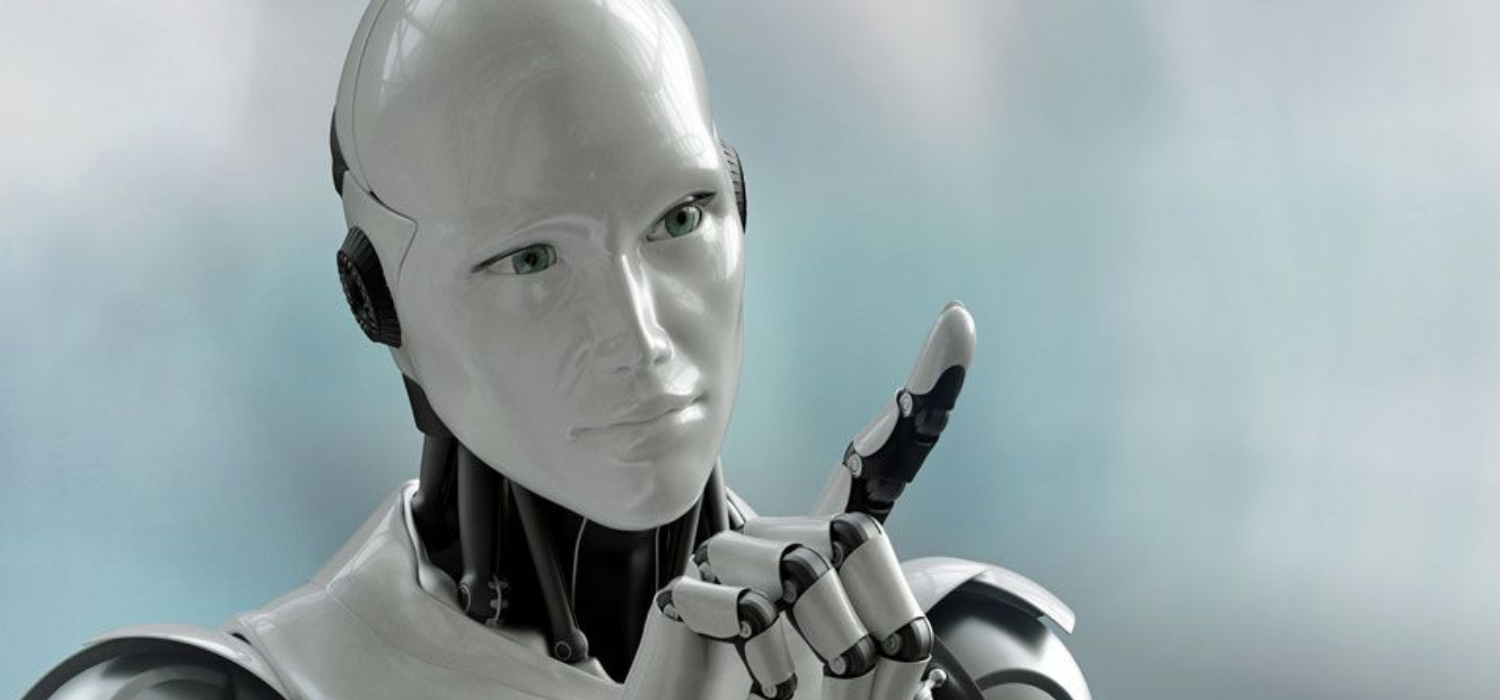Overview
Artificial Intelligence has already exceeded many activities demanding precision, accuracy, and patience. As a result, there is a widespread fear that intelligent machines will pose a threat to humanity. However, a comparison of human and machine behavior suggests that the former poses a higher risk to human wellbeing than the latter. Despite their similarities, the forms, probability, implications, and effects of AI (artificial intelligence) errors and other errors committed by humans differed significantly.
Think back to when you first start to ride a cycle. You truly failed to balance correctly on your first few attempts. Those attempts, however, taught you how you shouldn’t ride and what to avoid when balanced on a cycle. Every setback helps you get closer to your objective because that’s how humans learn. So what causes AI to make such bizarre errors, and what can be done about it? The latest tragedy in which an Uber self-driving car collided with a woman reveals the critical reason why AI is rendered useless in certain situations. And here’s the thing: no matter how intelligent AI is, it thinks differently than humans. That’s why, instead of making the only logical quick judgment in such a case – first, do all possible things to avoid a collision. It will be spending several seconds determining what kind of item was approaching. That’s how it’s done.
What are the mistakes Artificial Intelligence has made?
Image Recognition is a challenge for AI:
One of the most popular areas of research in Data Science is image recognition. If you’re going to design a machine that can respond to the environment and our needs, it has to perceive things from our perspective. Google Photos’ image recognition features are intended to identify particular objects or individuals in given images. Machines also make mistakes. Once, a picture of a user was tagged as “GORILLAS” on Google Photos.
Creates ethical dilemma:
In recent years, researchers in the fields of AI and machine learning have attended dozens of conferences and speeches devoted specifically to the ethics and hazards of AI systems’ future. People face ethical difficulties when AI is used in military services. It is a moral act to target a weapon, and it is another moral act to pull the trigger to engage that weapon.
Smart Devices debate experimental issues:
What is the goal of our existence, why do we keep living, who are we and why are we here, and what is our mission in life? These are some of the existential problems that two Google Home devices, driven by artificial intelligence and machine learning technologies, recently debated.
Chatbot “Tay” spouts harsh epithets:
Microsoft became embroiled in a significant public controversy. Its AI-powered Twitter chatbot “Tay” began tweeting random and insulting epithets, as well as Nazi sentiments.
Uber’s self-driving car ran during red lights:
Uber is one of the most common modes of transportation in the twenty-first century. When records revealed that Uber’s self-driving car had run six red lights in the city during its test excursion, the situation escalated out of hand. However, if something went wrong, there was a driver behind the wheel who could take over.
What can we do?
When making a judgment, AI relies on pre-programmed algorithms and a large quantity of data to arrive at specific conclusions. Therefore, we should provide well-defined inputs and outputs, clearly describe goals and metrics, issue short and particular instructions, and minimize extensive chains of reasoning based on common sense to provide AI with a firm platform for proper decision making. To put it another way, make the surroundings as clear and predictable as possible. However, in the real world, such optimal conditions are rare. The human brain has developed to be able to function in an ever-changing, unpredictable world, resulting in a lot of ambiguity and doubt. AI must also learn to think like a human in order to perform effectively in this world.
The Human Way of Learning:
And how do we learn to make decisions as humans? The majority of our experience comes through trial and error. However, relying solely on empirical information would be irresponsible with respect to the numerous risks that the world around them poses. That is why, in addition to trial and error, a child begins his or her life with specialized training and teaching. Scientists are currently attempting to apply what we know about human learning to machine learning.
As a result, Open AI has created an algorithm that allows AI to learn from its errors in the same manner that newborns do. The learning process is comparable to that of humans and includes reinforcement. When we master a skill, the outcomes rarely match the objectives we set for ourselves. However, we may learn from our mistakes and apply what we’ve learned to achieve other goals. As a result, even though we didn’t achieve in our endeavors, the end outcome is still favorable.
Neural Networks Development:
The evolution of new AI algorithms resembles that of human brain networks. The small neurons send messages to one another, allowing us to create and access memories about various objects and their qualities. These memories are later employed as a foundation for reasoning, anticipating, and making decisions.
Sealed Secret:
The challenging aspect of AI self-education is that as it becomes more human-like, the processes that occur in its ‘brain’ become less intelligible and regulated. It’s nothing to be afraid of with chatbots, which are elementary programs. However, it taught scientists to be more cautious when working with more complicated answers.
Relying on Human Teachers:
In risky or confusing situations, self-instruction by trial and error is the least defensible way. In such circumstances, AI can benefit from human teachers in the same way that children gain from adult training. These tests have yielded promising results, but there are still several roadblocks in the way of seamless human-AI communication.
Reasoning VS Gut Instincts:
We are born with a set of basic instincts, a kind of core knowledge that aids us in developing common sense. Activation functions have a part in machines when it comes to instincts like these. Should AI have similar “instincts” built-in? Some scientists are adamant about it.
EndNote
AI is significant because it allows the software to perform human capabilities such as thinking, reasoning, planning, communication, and perception more effectively, efficiently, and at a lower cost. We’ve focused on AI’s reasoning and decision-making abilities so far. However, logical-mathematical intelligence is just one of the numerous skills we employ on a daily basis. These sorts of intelligence are very critical for general-purpose AI. However, it is primarily in the realm of the future, as is AI’s ability to consider context and address moral challenges.
Machines, like humans, make mistakes, but that doesn’t guarantee they’ll make the same ones every time. Machines and artificial intelligence, like technology, evolve at a rapid pace. Every now and again, new technology emerges that improves the reliability, scalability, and error resistance of these devices. Do you enjoy reading this blog? Then please have a look at our blogs as well. Please do not hesitate to contact us if you have any questions. We are here to assist you! Check to visit our website to learn more about us and our services.




